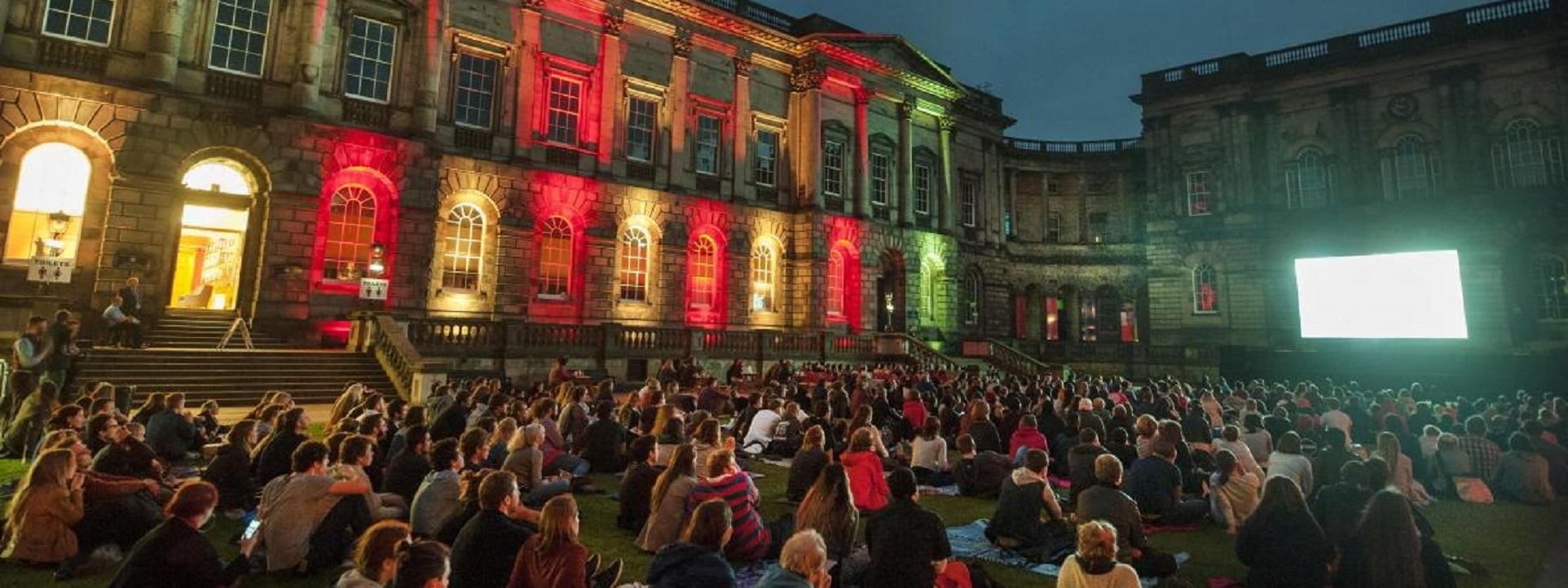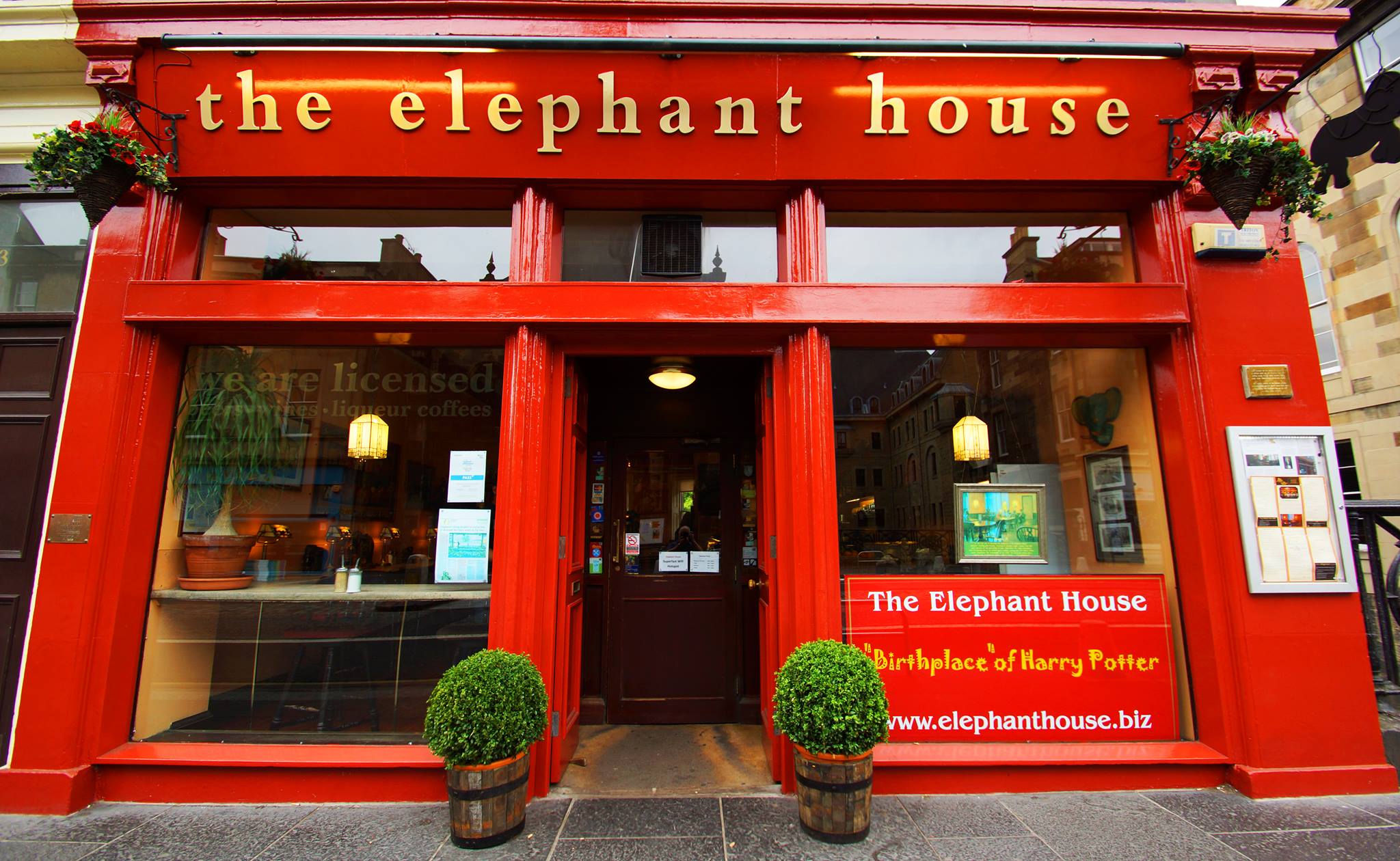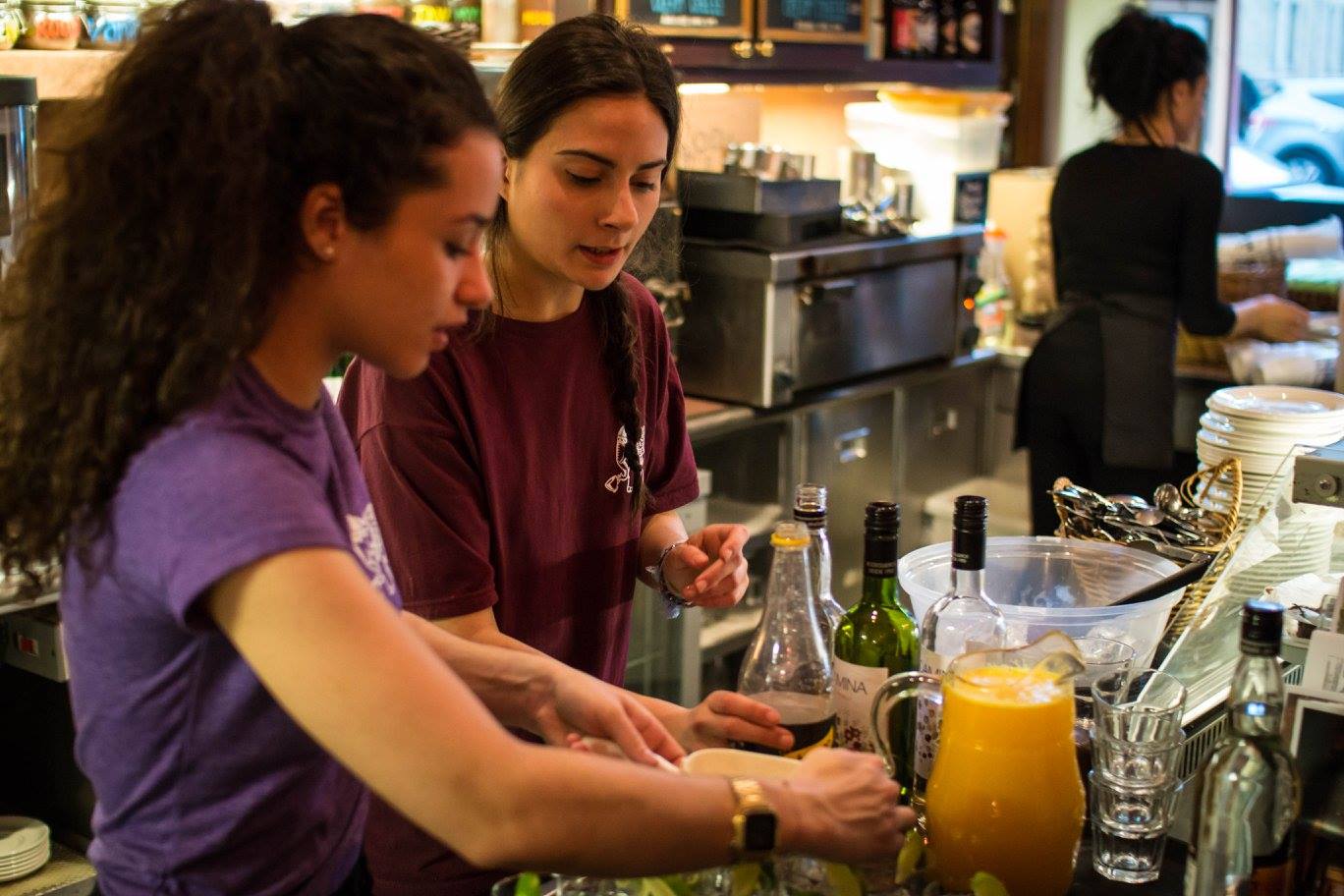Tag Archives: Scotland
- Home
- Posts tagged "Scotland"

Scotch Pie
Callum Maclean Project | Scotland’s Enchanting Kingdom
ISO/TC 267 Facility Management Standard *
Two pies and two pints, Lochinver style.#Scotland pic.twitter.com/qfnHtfCD4l
— Stuart Klinke (@StuartKlinke) March 20, 2025
University of Edinburgh, Scotland 🏴 pic.twitter.com/5FLMxmzora
— WanderLens (@naturebeauty760) November 23, 2025
* The University of Michigan was a member of the project launch in 2008 when it was led by Stan Mitchell of Key Management International.
Morning Breakfast
This content is accessible to paid subscribers. To view it please enter your password below or send mike@standardsmichigan.com a request for subscription details.
Haggis
Standards Scotland | University Home
Haggis is Scotland’s ancestral meal — a savory pudding made from sheep’s pluck (heart, liver, and lungs), minced with onion, oatmeal, suet, spices, and stock, traditionally encased in a sheep’s stomach (now often artificial) and boiled. It is typically served with “neeps and tatties” (mashed turnips and potatoes). Usually “observed” on Hogmanay (Scots New Year) it symbolizes resourcefulness, using humble offal for a nourishing meal, and national pride.
If you’re staying on or near campus during the winter break, we have pulled together this useful list of available services to help you during this time. 📅🎄https://t.co/tMMjugUsJa pic.twitter.com/N68nWnqoxK
— University of Stirling (@StirUni) December 18, 2025
Lancashire Hotpot
Iain Barli
“A drink to the living, a toast to the dead.”
— Some guy.
“John Barleycorn” is a figure in English and Scottish folklore who represents the personification of barley and the alcoholic beverages made from it, such as beer and whiskey. In folklore, John Barleycorn is often depicted as a person who is subjected to various forms of mistreatment and violence, such as being crushed, ground, and fermented, before eventually being reborn in the form of alcoholic beverages.
The figure of John Barleycorn has been the subject of various poems, songs, and other works of literature throughout English and Scottish history. One of the most famous works about John Barleycorn is the traditional English folk song of the same name, which tells the story of John Barleycorn’s journey from a growing plant to a fully fermented alcoholic beverage. The song has been covered by many artists over the years, including the British group Traffic.
The legend of John Barleycorn is not widely known in the United States, but it does have some cultural resonance in certain regions and among certain groups of people. The legend is a traditional British folk song that tells the story of a man named John Barleycorn, who is personified as a personification of the cereal crop barley, which is used to make beer and other alcoholic beverages. Some breweries in the US have even named beers after John Barleycorn, as a nod to the traditional English roots of brewing. The legend of John Barleycorn also has some resonance in American literature and popular culture. The American author Jack London wrote a novel titled “John Barleycorn” in 1913, which was a semi-autobiographical account of his own struggles with alcoholism. The novel has since become a classic of American literature and is still widely read today.
Force required to operate the plunger on a French press coffee pot
Statement of Financial Position: 378 £ million | Standards Scotland
American Journal of Physics (Complete Paper)
F. B. Wadsworth, C. E. J. Vossen, M. J. Heap, A. Kushnir, J. I. Farquharson, D. Schmid, L. Belohlavek, M. Huebsch, L. Carbillet, J.E. Kendrick, D. Dingwell
The French press is a popular device for brewing coffee, comprising a cylindrical beaker—or “jug”—fitted with a lid and plunger with a fine wire mesh filter. The plunger is used to drive the solid coffee particles to the bottom of the jug, separating these grounds from hot liquid above. When using the French press in this way, a growing permeable pack of ground coffee is pushed through hot water by applying force to the plunger. We use a combination of kitchen-based and laboratory experiments to determine the force required to push on the plunger as a function of the speed of the plunger and the mass of coffee used. We calculate that for the recommended preparation method, the maximum force is 32 N to complete the pressing action in 50 s. We propose that home coffee preparation provides a fun, low-cost, and relatable learning opportunity for students and for those who are interested in coffee science.
McEwan Hall
This content is accessible to paid subscribers. To view it please enter your password below or send mike@standardsmichigan.com a request for subscription details.
Belgian Buns & Tea
Paul Hollywood’s Belgian Buns | Bake Off Technical Challenge
BSI is a private company incorporated by the British Royal Charter, first awarded (to the British Engineering Standards Association) in 1929.
My daughter made Belgium buns.. want to try one? pic.twitter.com/rrmJopl0O2
— nicola h (@nkh12349) March 9, 2025
Did you know we have a number of programmes available with a January start date? Find out more about our programmes, scholarships and accommodation and join us in the new year – https://t.co/0sb2ziLGnK pic.twitter.com/kJopkWS8QH
— University of Aberdeen (@aberdeenuni) October 26, 2024
Elephant House Coffee
Located on George IV Bridge, near the heart of the city’s historic Old Town. It is perhaps best known as one of the places where J.K. Rowling is said to have written parts of the early Harry Potter books.
BSI Group | Buildings & Construction
Three years into their Twinning partnership with @ZNU_University, we caught up with @durham_uni to see how their collaboration has grown and evolved.
📖 Find out the latest updates: https://t.co/llLzrZpweu#TwinForHope #Ukraine pic.twitter.com/OmIa9ZTB2r
— Universities UK International (@UUKIntl) March 27, 2025
New update alert! The 2022 update to the Trademark Assignment Dataset is now available online. Find 1.29 million trademark assignments, involving 2.28 million unique trademark properties issued by the USPTO between March 1952 and January 2023: https://t.co/njrDAbSpwB pic.twitter.com/GkAXrHoQ9T
— USPTO (@uspto) July 13, 2023
Standards Michigan Group, LLC
2723 South State Street | Suite 150
Ann Arbor, MI 48104 USA
888-746-3670



















